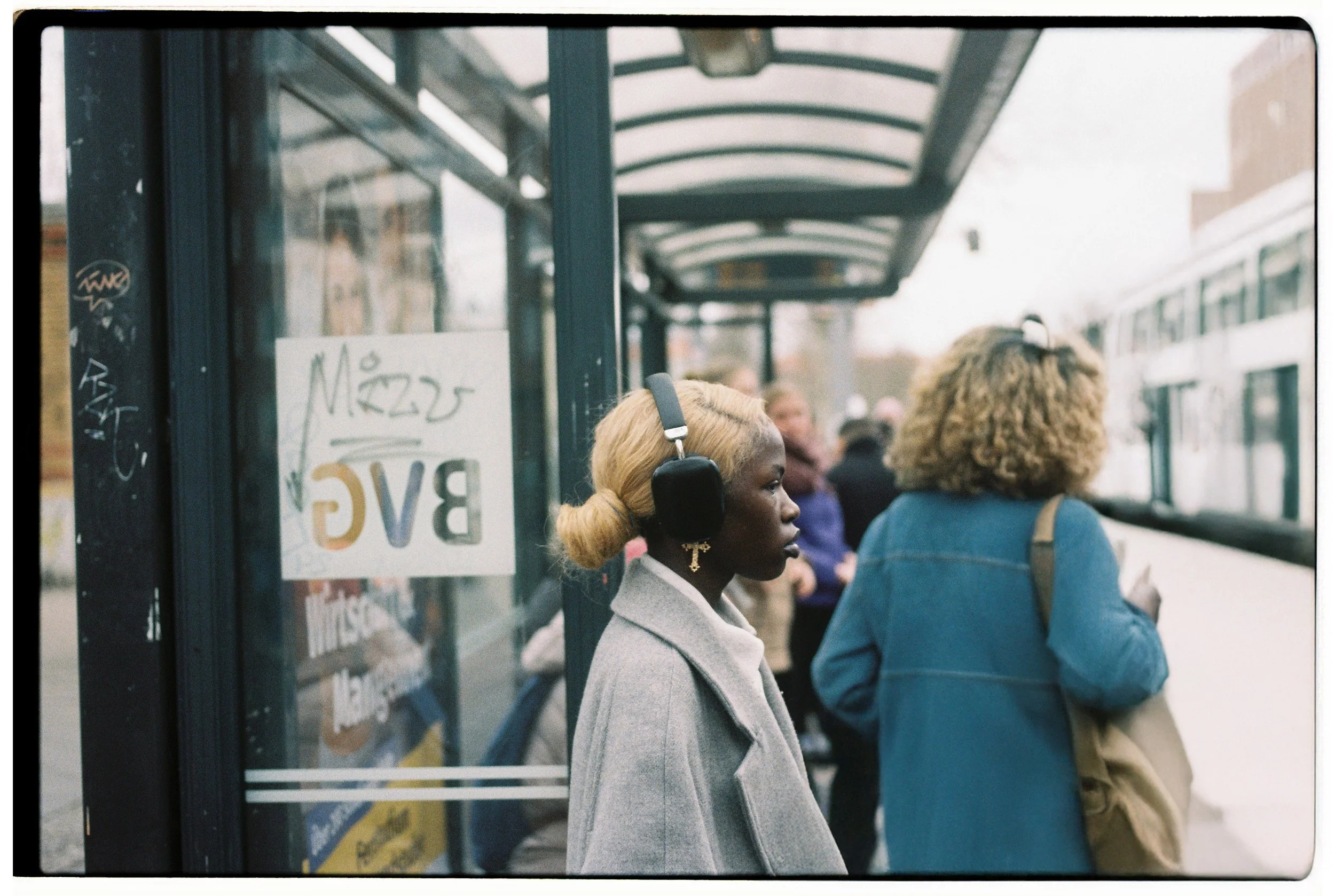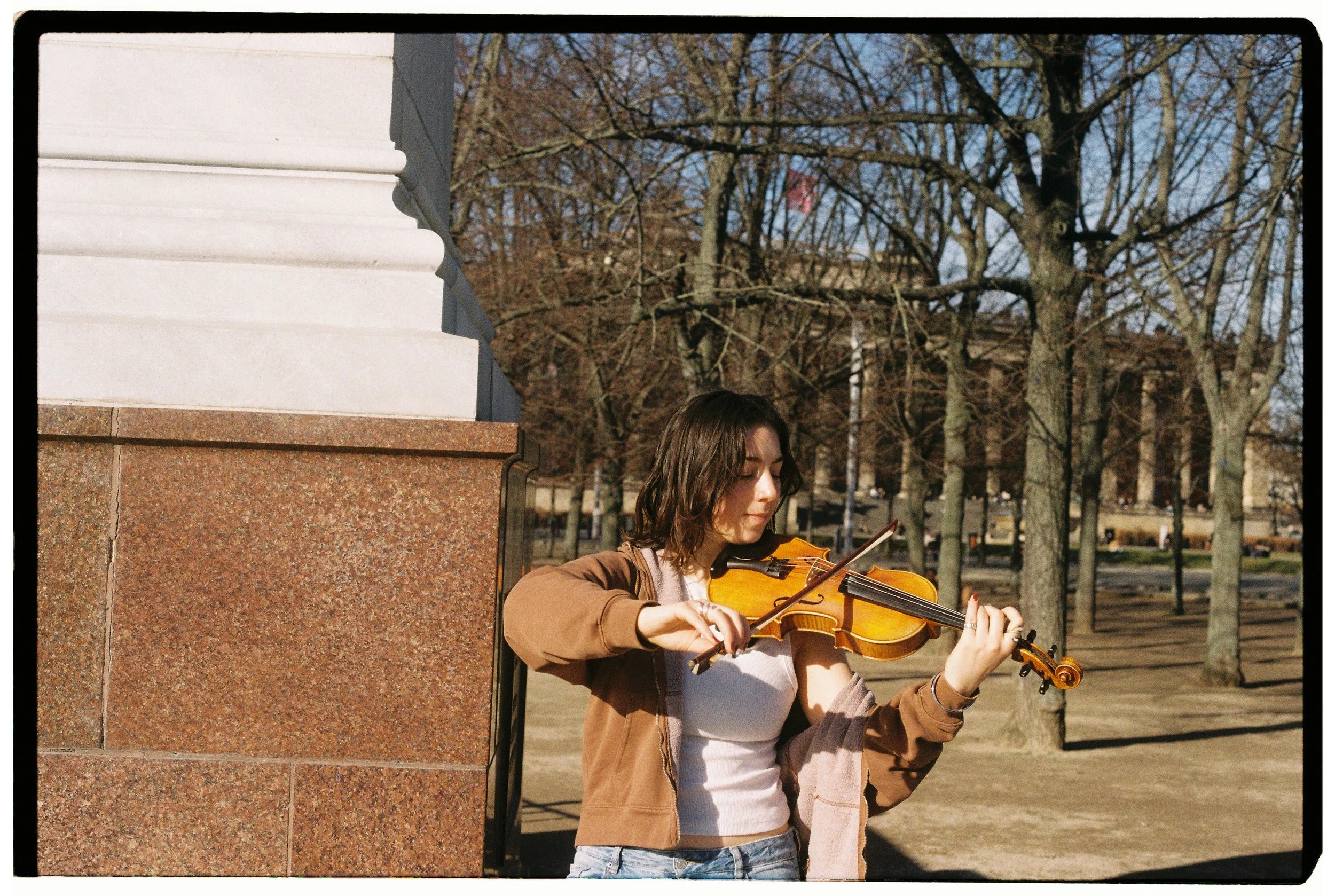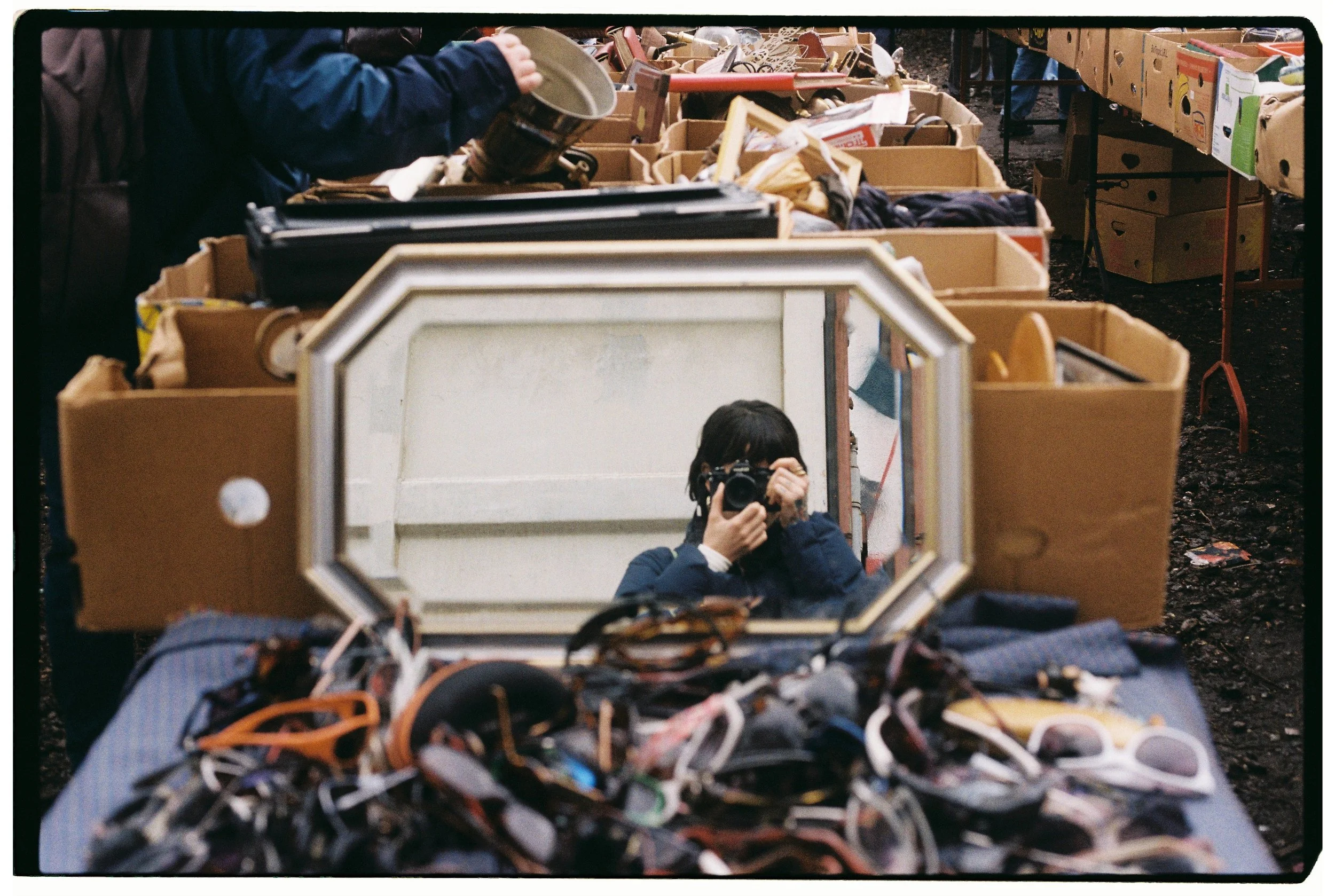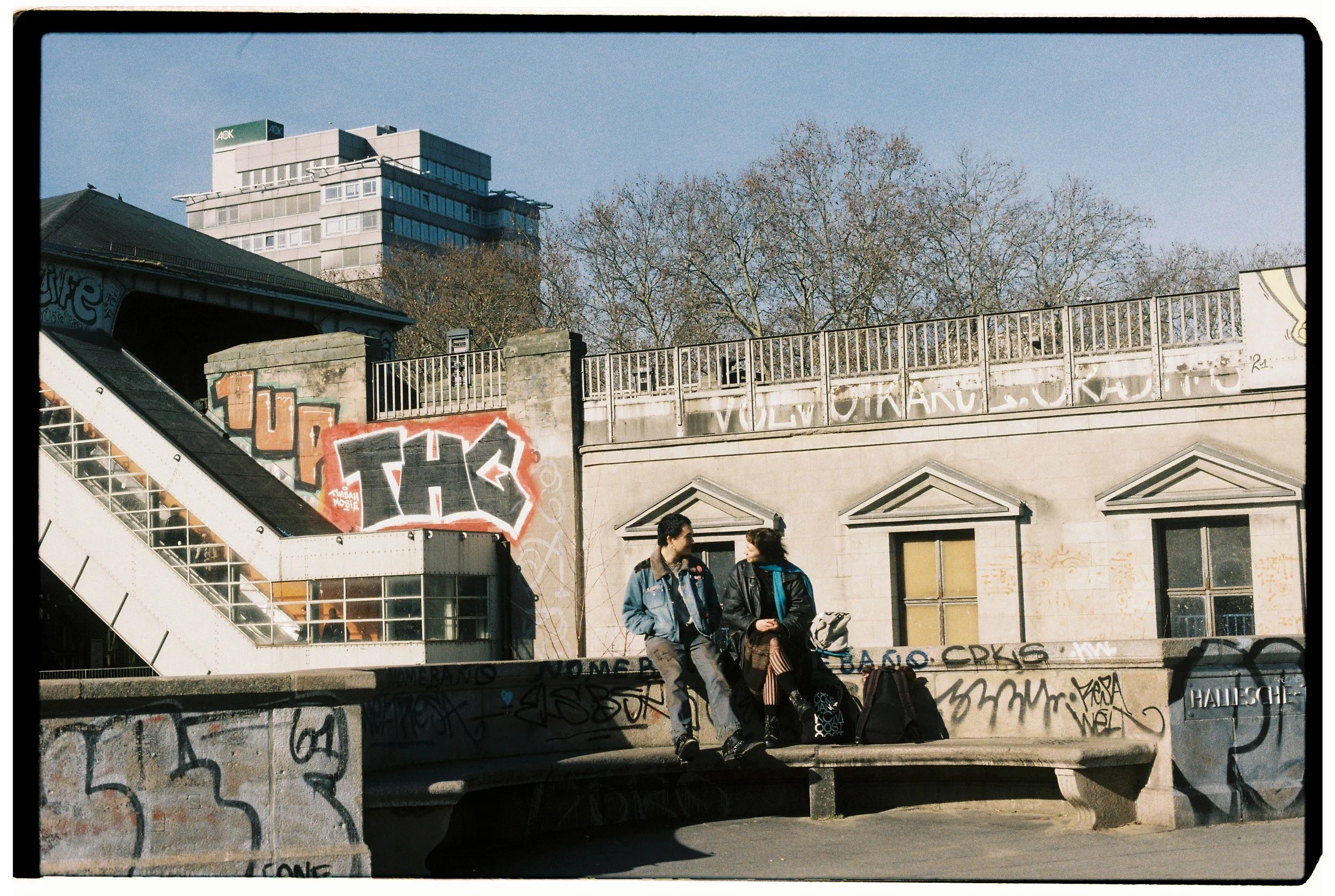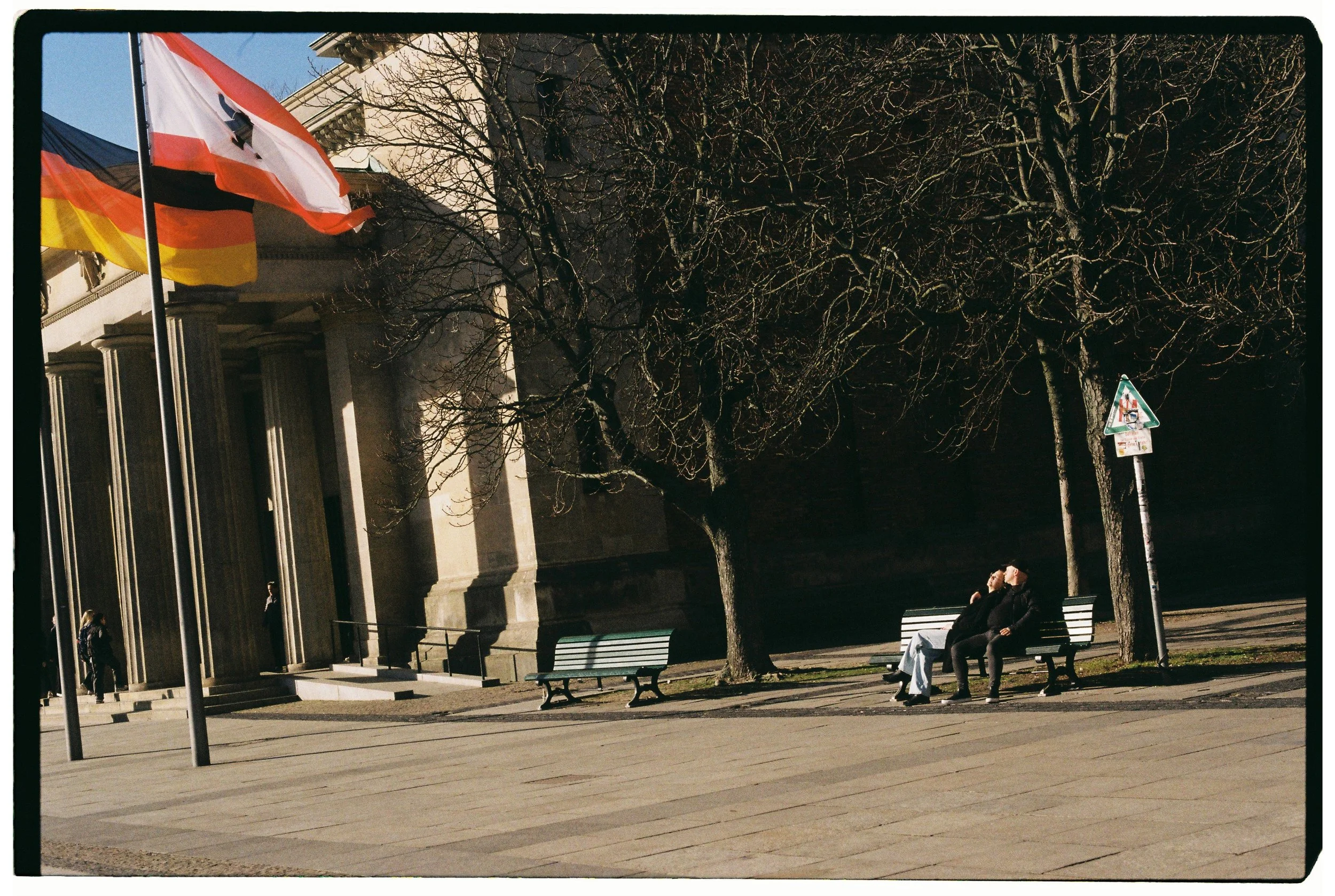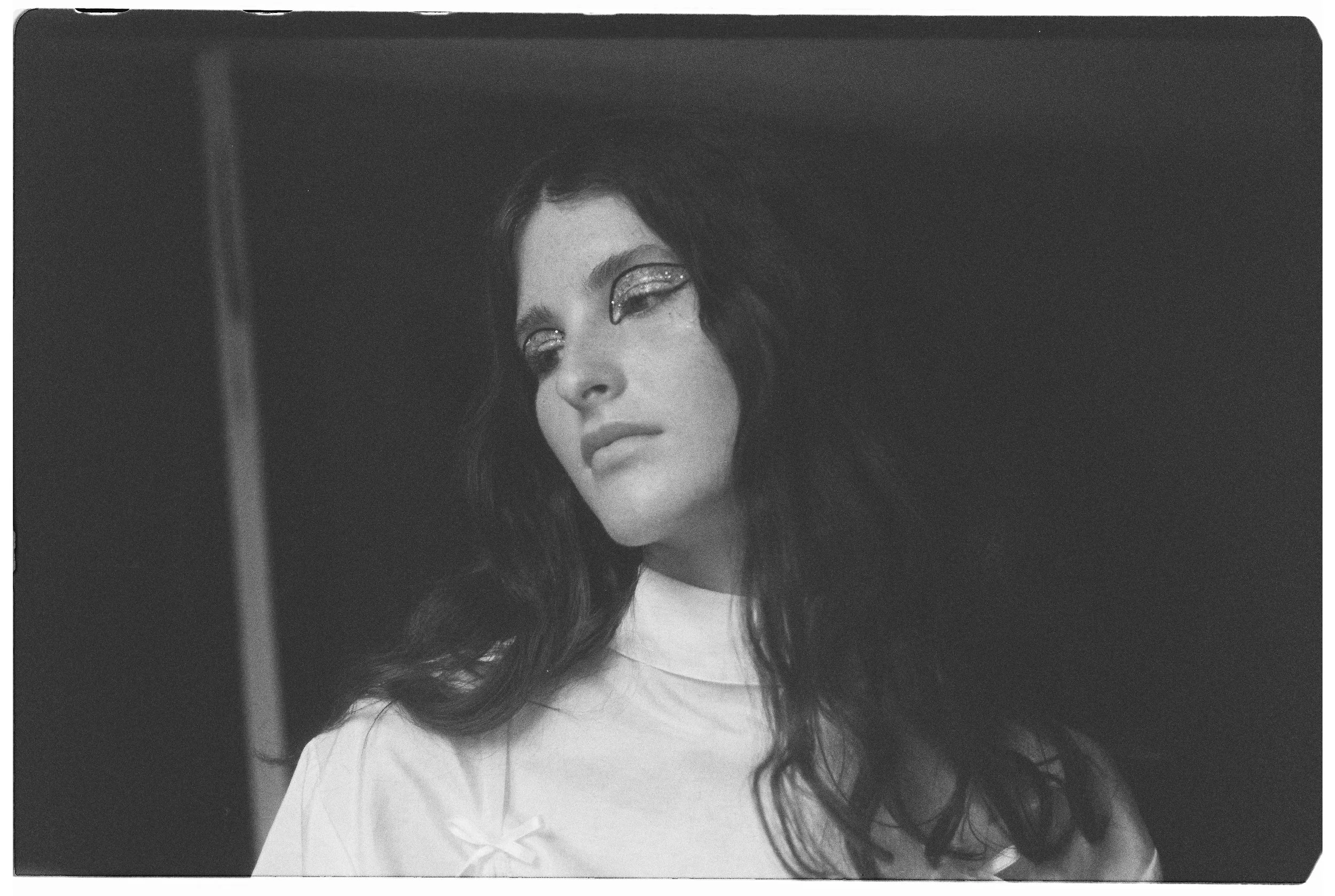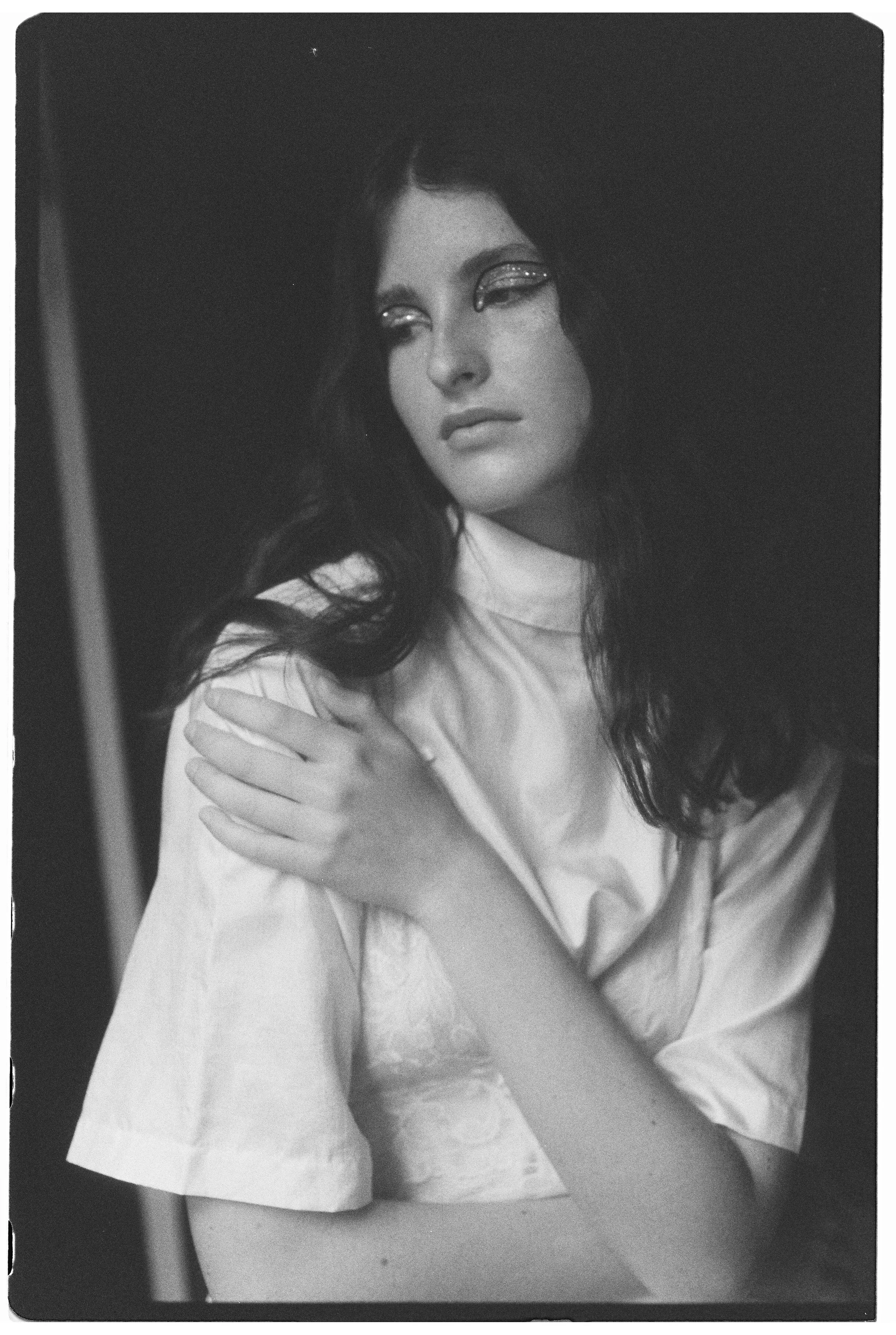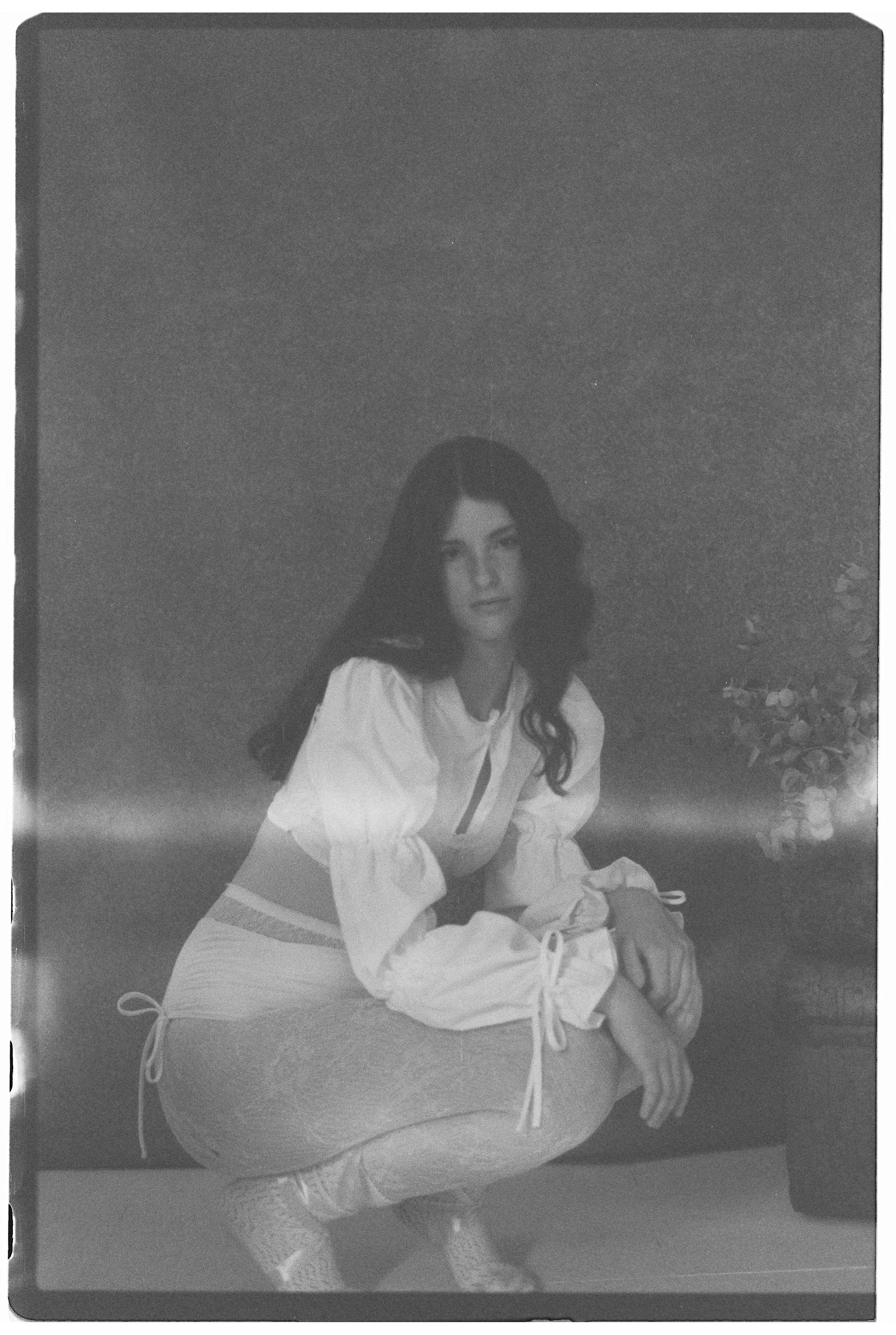Berlin on Film: Shooting the City with 35mm
Berlin moves fast, but film gave me a way to slow it down. Shooting 35mm on LomoChrome ’92 Sun-Kissed turned my trip into something timeless.
Berlin has always fascinated me. A city layered with history, contradictions, and energy that seems to reinvent itself daily. For this trip, I decided to leave digital behind and let myself see the city through film. I packed my Nikon F with a roll of Lomography’s LomoChrome Color ’92 Sun-Kissed ISO 400 and trusted that the unpredictable nature of analog would shape the way I experienced Berlin.
Falling in Love with LomoChrome Color ’92
The LomoChrome Color ’92 Sun-Kissed is a relatively new gem in the film world. Lomography released it in 2023, inspired by the warmth and nostalgia of the early 1990s. What makes it special is how it embraces imperfections, subtle color shifts, amber highlights, and a grain structure that feels organic and cinematic.
Unlike standard color films, it has a very experimental character. It can surprise you with unexpected tones: sometimes giving a reddish cast in strong sunlight, other times bringing out teal shadows that make ordinary scenes feel cinematic. That unpredictability is exactly what excites me as a photographer, it’s almost like the film itself becomes a collaborator, adding its own interpretation of the moment.
As I wandered Berlin’s streets, I felt the city transform through the lens. Brutalist buildings glowed golden, graffitied alleys seemed warmer, and even the grey corners of the city carried a quiet softness.
The grain was just right: organic, textured, and beautifully imperfect. It’s what I love most about shooting film, the way each frame carries life, unpredictability, and emotion. Shooting with the Nikon F slowed me down, made me more attentive. Each click of the shutter felt like a small act of presence, a decision to hold onto a fleeting moment.
Why I Choose Film
There’s something magical about film that no digital process can imitate. Shooting with the Nikon F and a roll of LomoChrome ’92 slowed me down, made me present. Each shot was intentional, a commitment. I wasn’t rushing to check screens or reshoot angles; I trusted the film to carry the weight of the story.
What I love most about this particular stock is that it doesn’t chase perfection, instead, it celebrates mood. The grain, the warm hues, the delicate shifts in light all gave Berlin a timeless quality. Looking at the developed images now, I see more than just photographs. I see how Berlin made me feel: alive, curious, nostalgic.
Looking at the developed images now, I see more than just photographs. I see how Berlin made me feel: alive, curious, nostalgic. The LomoChrome Color ’92 Sun-Kissed gave me not just pictures, but memories infused with warmth and texture that no digital file could ever replicate.
Berlin moves fast, but film gave me a way to slow it down. Shooting 35mm on LomoChrome ’92 Sun-Kissed turned my trip into something timeless. Each frame feels like a love letter, to the city, to film, and to the act of seeing.
Buy Lomochrome here :) - it contains affiliate link and it helps with my photography journey!
Between Film and Digital: Which one wins?
There’s a certain kind of magic that happens when two different mediums meet in the same creative space. For this editorial, shot at Modulab studio in Barcelona, I challenged myself to photograph the entire session both in analog and digital, allowing the textures of each approach to live side by side.
There’s a certain kind of magic that happens when two different mediums meet in the same creative space. For this editorial, shot at Modulab studio in Sant Andreu, Barcelona, I challenged myself to photograph the entire session both in analog and digital, allowing the textures of each approach to live side by side.
The Analog Experience
For the film part, I used Fomapan black & white 35mm iso 100 with my trusted Nikon F. Fomapan, made by Foma Bohemia in the Czech Republic, is known for its classic grain structure, wide tonal range, and timeless aesthetic. It’s a film stock that embraces imperfection, producing subtle contrasts and a softness that pairs beautifully with portraiture.
Shooting analog in a fashion setting is always a dance with limitations, 36 exposures per roll, no instant playback, and the patience of waiting for development. Not knowing exactly what worked is like training your eye to become a better photographer. It’s exactly these constraints that give film its soul. The unique qualities of Fomapan brought a sense of nostalgia to the editorial, creating portraits that feel raw, timeless, and emotionally charged. Each frame was an intentional act, and the grain added a depth that can’t quite be replicated digitally.
Pros of film (Fomapan):
Unique texture and grain that digital can’t replicate.
Tonal richness and depth in black & white.
Forces intentionality — every frame counts.
Timeless, archival quality.
Cons of film:
Limited exposures per roll.
No instant feedback.
Development time adds delay.
Less flexibility in post-production compared to RAW digital files.
The Digital Counterpart
On the other side, I photographed with a Sony A7III paired with a 50mm lens. Digital gave me speed, flexibility, and the ability to experiment more freely with lighting and framing. Reviewing the shots on the spot allowed the whole team to adjust details in real time, from poses to makeup touches. The sharpness, dynamic range, and control over color grading created a completely different visual language, one that speaks more to modernity and precision. Besides, I also like to film some bts of the shooting for content creation purposes!
Pros of digital:
Unlimited exposures.
Instant review and collaboration with the team.
Greater control in post-production (color grading, retouching).
High resolution and sharpness.
Possibility to also film the shoot in 4k
Cons of digital:
Easy to overshoot, less intentionality.
Images can feel “too clean” or clinical.
Lack of the organic unpredictability film provides.
More reliance on editing to create mood.
Collaboration at Its Core
This project wouldn’t have been possible without the incredible team:
Model: Ashley (Francina Models)
Beauty: Alicia Garrido
Styling: Gabriela
Photography: Myself, Bruna Valença
Studio: Modulab Barcelona *amazing!
Together, we built a narrative that shifted between nostalgia and contemporaneity, softness and clarity. Film slowed us down and invited reflection, while digital pushed us to move faster and refine details instantly.
Two Mediums, One Story
What fascinates me most about working across both mediums is how they don’t cancel each other out, they expand the possibilities. The film photographs invite you to linger; the digital ones catch you in their immediacy. When seen side by side, they tell a fuller story of the shoot, of the team, and of the energy that lived inside the studio that day.
BUY FOMAPAN HERE! - it contains affiliate link and it can help me supporting my analog journey!
The Legendary Nikon F & Annie Leibovitz: A Love Affair with Storytelling Through the Lens
The Nikon F, released in 1959, wasn't just a camera—it was a revolution.
Annie & Mick Jagger, 1976
The Nikon F, released in 1959, wasn't just a camera—it was a revolution. As one of the first successful 35mm SLR (Single-Lens Reflex) cameras, it became the gold standard for professional photographers throughout the 1960s and ’70s. Rugged, reliable, and beautifully engineered, it offered photographers something rare at the time: complete creative control in a portable form.
One of the most iconic figures to wield the Nikon F was Annie Leibovitz. While she later became synonymous with medium format cameras and digital systems, her early years—especially during her time at Rolling Stone magazine in the 1970s—were shaped through the viewfinder of the Nikon F.
While studying at the San Francisco Art Institute, Annie began to hone her eye for portraiture. Her early assignments at Rolling Stone magazine demanded mobility, intimacy, and immediacy — qualities the Nikon F delivered effortlessly. Its mechanical simplicity allowed her to be present, fluid, and intuitive in fast-paced environments. She could shoot in low light, on the fly, and with minimal setup — crucial for her spontaneous, character-driven style.
Armed with the Nikon F, Annie photographed a generation in flux — John Lennon, Mick Jagger, Bob Dylan, and Hunter S. Thompson, often in unguarded moments. The camera helped her capture not just faces, but emotional truths. One of her most iconic images — John Lennon curled naked beside Yoko Ono just hours before his assassination — was taken with this approach, a blend of technical mastery and vulnerable humanity.
With this camera, Annie captured raw, unfiltered portraits of rock stars, activists, and counterculture icons. The Nikon F became an extension of her presence—fast, intuitive, and unobtrusive, allowing her to get close, emotionally and physically, to her subjects. Her work with this camera helped define an era of intimate, narrative-driven portraiture.
🖤 The Nikon F didn’t just document history—it helped create it. For Annie, it was the tool that let her see stories before she told them.

